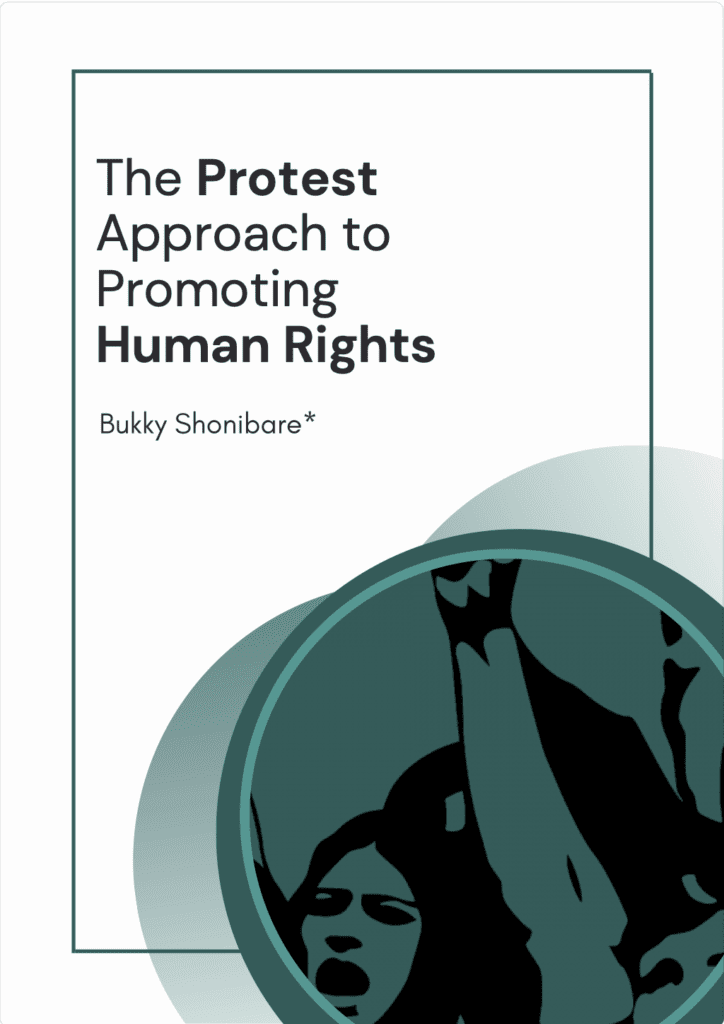
Human rights is the language with which societies communicate what they consider ethical, fair, moral, right, or wrong at a given time. Societies have transformed, colonialism ended, democracy widely adopted, and laws (international, national, and sub-national) have been enacted based on the concept of human rights. Human rights have become the indicators or ‘acceptable benchmarks’ with which to assess, criticize, and demand how duty bearers – state and non-state – should treat members of their societies, especially those most vulnerable to rights violations. It now seems, as evidence show, that once a claim is clothed with the fabric of human rights, there is high likelihood of it being adopted as a principle, norm, or standard on how people should be treated. However, as desirous as this approach is, there is danger in it. In proposing a ‘list of criteria’ for a claim to become a right, Philip Alston warned that the United Nations “will be under considerable pressure to proclaim new human rights without first [giving] adequate consideration to their desirability, viability, scope, or form.” This article provides a deep-dive into the protest approach to promoting human rights. While the first part gives a brief overview of the four theories of human rights (natural, deliberative, discourse, and protest), the second part hones down on the protest approach, particularly their combined or separate confrontational and collaboration tactics of promoting rights. The third part lays out some justifications or relevance of the protest approach.







